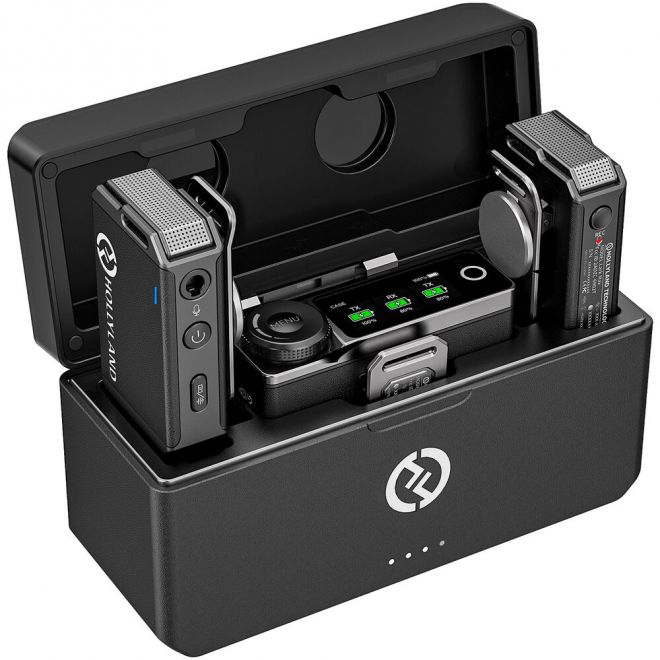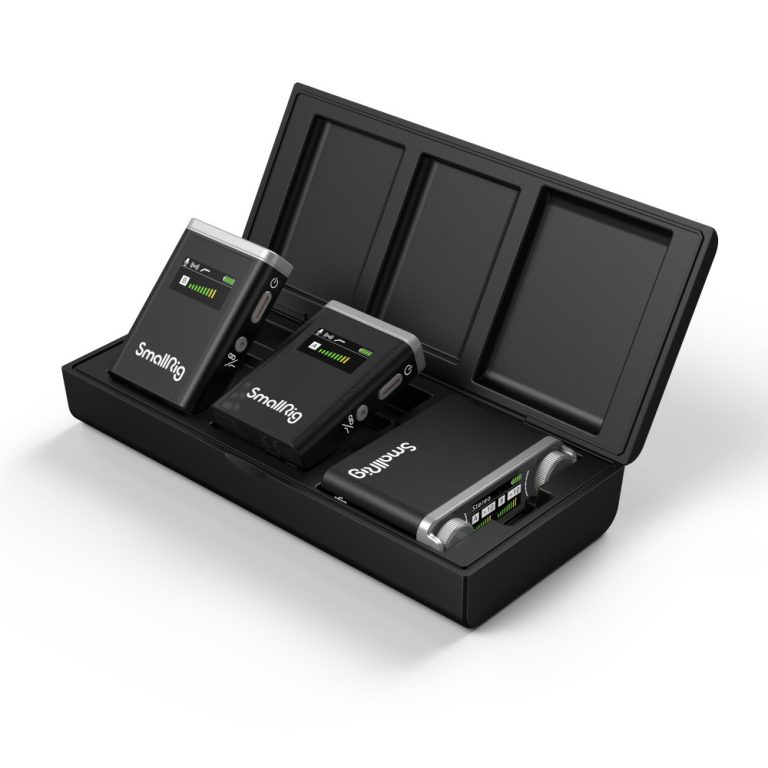Wireless lapel microphones, also known as lavalier mics, are invaluable tools for anyone who requires hands-free audio recording, whether for filmmaking, presentations, interviews, or live performances. With a plethora of options available on the market, selecting the best wireless lapel microphone can be overwhelming. This article will guide you through the key considerations you need to keep in mind when choosing a wireless lapel microphone that best suits your requirements.
Understanding Your Purpose
Define Your Use Case
Before diving into product specifications, take a moment to define your needs clearly. Are you a filmmaker recording dialogue, a presenter giving a lecture, or a content creator producing videos for YouTube? Each application requires different features from a microphone. For instance, filmmakers might prioritize sound quality and range, while content creators may look for ease of use and compatibility with their recording devices. Knowing your primary purpose will help you narrow your choices effectively.
Consider Your Environment
The environment in which you plan to use the microphone is another vital consideration. Will you be shooting indoors or outdoors? Are you dealing with a lot of background noise? Ambient noise can interfere with audio quality, so if you anticipate a noisy environment, opt for a microphone that offers noise-cancellation features. Understanding your working environment will guide you toward models that excel in specific conditions.
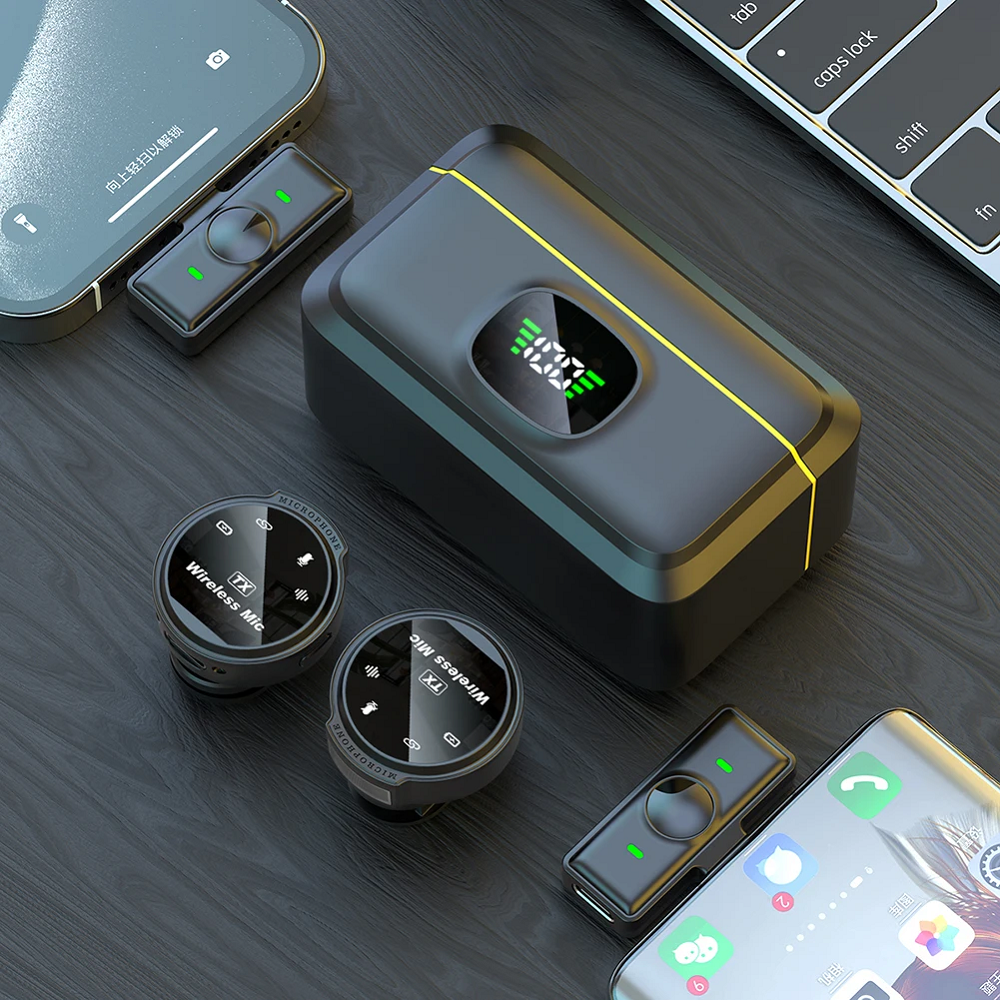
Wireless Technology
UHF vs. VHF
Wireless lapel microphones operate using either Ultra High Frequency (UHF) or Very High Frequency (VHF) technology. UHF systems often provide better audio quality, a longer range, and less susceptibility to interference. They are commonly used in professional applications. On the other hand, VHF systems are typically less expensive and simpler to use, but they may have a shorter range and lower sound quality. Consider your requirements and budget to decide which technology is best for you.
Frequency Range and Channels
Different wireless microphones operate on different frequency channels. Look for models that have adjustable frequencies, allowing you to switch channels in case of interference. Some wireless systems even come with multiple channels to switch between if one becomes congested. A wider frequency range often indicates better sound quality, so consider choosing a microphone with an extensive range if audio fidelity is crucial for your projects.
Sound Quality
Audio Specifications
Sound quality is arguably the most critical factor to consider when selecting a wireless lapel microphone. Look for microphones with a frequency response range that suits your voice or the voices of those you’ll be recording. A wider frequency range (20 Hz to 20 kHz is ideal) will capture more nuances of sound, leading to a richer audio experience. Pay attention to Total Harmonic Distortion (THD) levels as well. Lower THD percentages result in clearer audio.
Testing Samples
Whenever possible, listen to audio samples from different microphones to get a feel for their sound quality. Many microphone manufacturers provide online audio demos that showcase their products. Pay attention to clarity, richness, and how well the mic captures different tones of voice. If you have the opportunity, perform live tests by recording in various environments to evaluate how the microphone performs under different conditions.
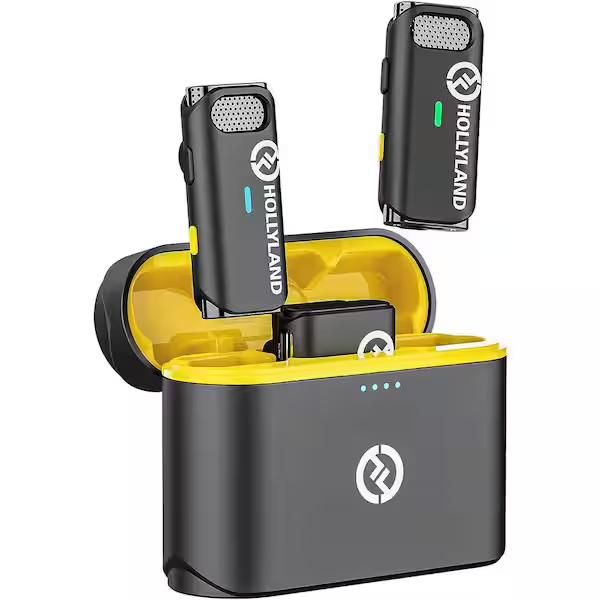
Battery Life and Power Options
Understanding Battery Types
Wireless microphones rely on batteries to function, and understanding your options is crucial. Some microphones use disposable alkaline batteries, while others utilize rechargeable lithium-ion batteries. Rechargeable batteries typically last longer per charge and can save you money in the long run. If you choose a system with disposable batteries, look for models that offer extended battery life.
Anticipating Usage
Consider how long you’ll be using the microphone on a single charge. For example, if you’re planning to use it for extended periods, such as a full day of filming or giving a lecture, opt for a model with prolonged battery life or one that allows for external power options. Some systems even offer features like battery life indicators, providing you with crucial information on when it’s time to recharge or replace batteries.
Size and Portability
Evaluating Form Factor
Wireless lapel microphones are designed to be compact and lightweight. However, their sizes can vary significantly. For individuals who are constantly on the go, such as reporters or content creators, choosing a smaller and more portable microphone can be beneficial. Some models come with carrying cases for easy transport, making them convenient for travel or on-location shoots.
Accessories and Attachments
Don’t forget to consider the included accessories and attachments that come with the microphone. Some models might come with windshields, clips, or carry bags, which can enhance usability and protect the microphone during transport. These additional features can add value to your purchase, ensuring you have everything you need to use the microphone effectively from the get-go.
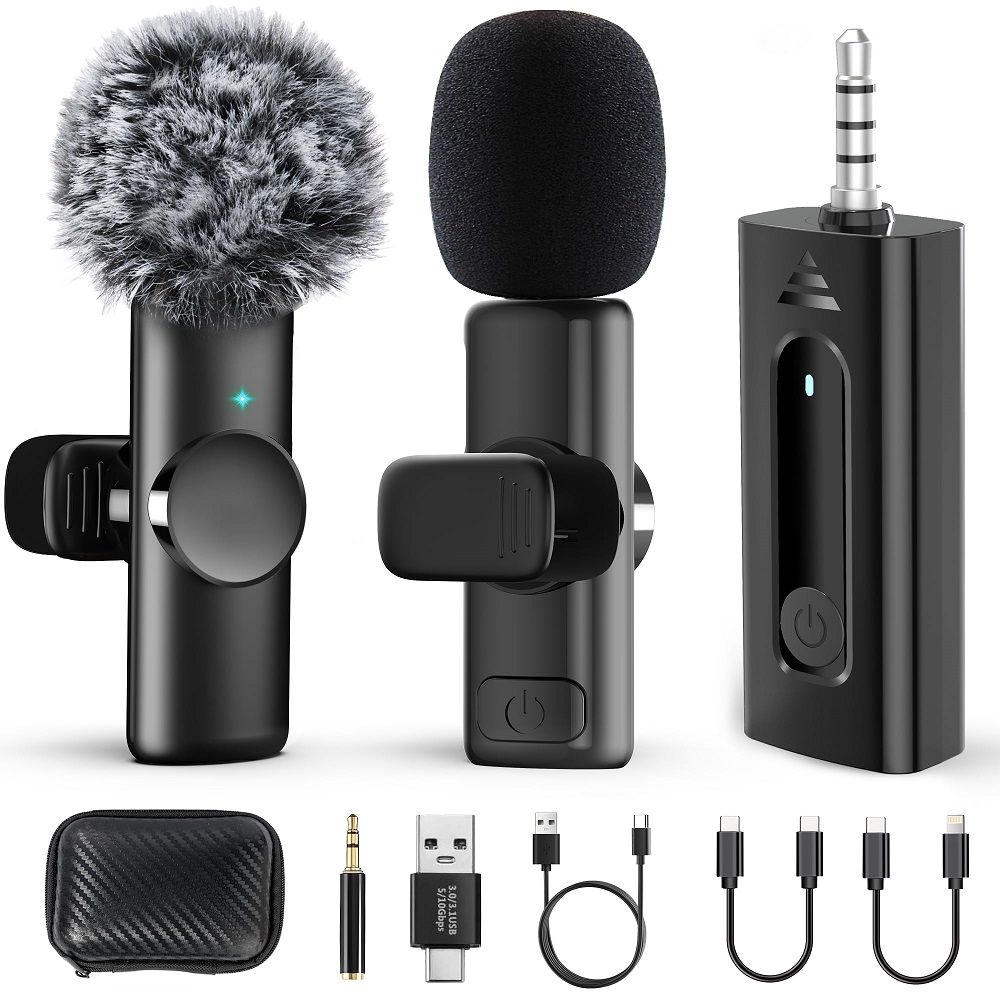
Compatibility and Connectivity
Device Compatibility
Wireless lapel microphones must match the devices you plan to use for recording. Whether you’re connecting to a DSLR camera, a smartphone, or a mixing board, confirm that the microphone is compatible with your existing equipment. Many microphones come with a variety of connectors or adapters to facilitate different setups, but it’s always best to double-check.
Wireless Range and Connectivity
Each wireless microphone will have a specified operating range, usually in feet or meters. It’s essential to choose a system with a range that fits your needs, especially if you plan to move around while recording. Look for microphones with strong transmission signals and minimal latency to maintain audio quality as you move further from the receiver.
Price and Brand Reputation
Setting a Budget
Wireless lapel microphones can range considerably in price, from affordable basic models to high-end professional-grade systems. Set a budget before shopping to streamline your decision-making process. Invest in quality, but don’t overspend on features you won’t use. Look for a microphone that offers the best combination of features and performance within your price range.
Brand Reliability
Some brands have built strong reputations within the audio community, often known for quality and reliability. Research brands such as Rode, Sennheiser, Shure, and Audio-Technica, which are well regarded for their craftsmanship and performance. Pay attention to customer reviews and expert recommendations. This feedback will help you gauge the trustworthiness of specific models and brands.
Maintenance and Care for Your Wireless Lapel Microphone
Regular Maintenance Practices
Once you’ve selected and started using your wireless lapel microphone, maintaining its functionality becomes essential. Regularly clean the microphone and its components to ensure optimal performance. Use a soft, dry cloth to wipe down the microphone head, and avoid using harsh chemicals that could damage sensitive parts. If the microphone has detachable cables, check them frequently for any signs of wear or damage. Keeping the equipment in good condition not only extends its lifespan but also helps maintain sound quality over time.
Storage and Transport
How you store and transport your microphone also plays a significant role in its longevity. Always store the microphone in a protective case to avoid physical damage when not in use. If you’re frequently traveling, consider investing in a well-padded carrying case that can accommodate all accessories like batteries, receivers, and clips. This level of care ensures that the microphone remains in excellent condition, making it ready for your next recording session or performance. By incorporating these maintenance and storage practices, you’ll maximize the value of your investment and improve the reliability of your audio recording experiences.
Conclusion
Choosing the best wireless lapel microphone depends on various factors, including your specific needs, environment, and budget. By understanding the purpose you need the microphone for, considering the technology involved, and assessing features like sound quality and battery life, you can make an informed decision that suits your audio recording requirements. Additionally, stay mindful of compatibility, size, price, and brand reputation as you navigate the market. With the right microphone, you can ensure high-quality audio recordings that elevate your projects, whether you’re in a studio, on stage, or filming on location. Take the time to do your research, and you’ll find the perfect wireless lapel microphone to meet your needs and enhance your audio production experience.
